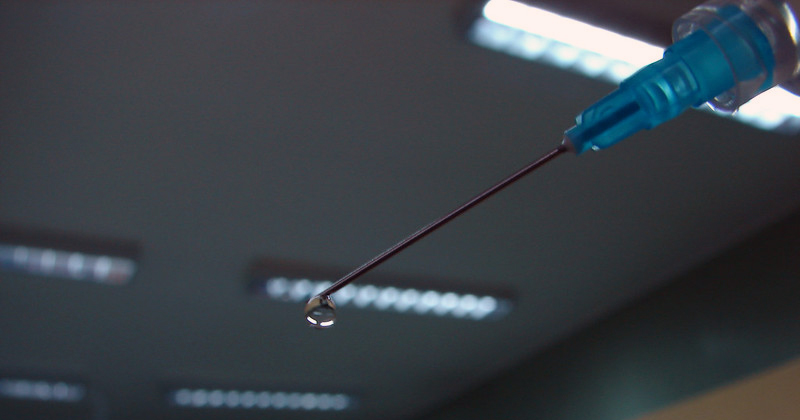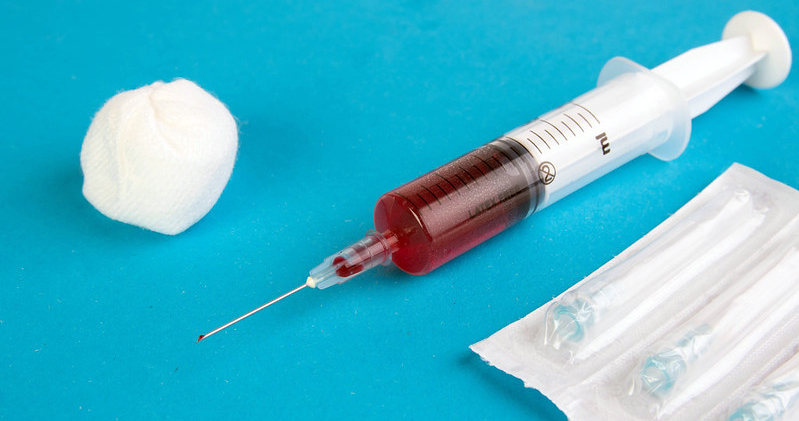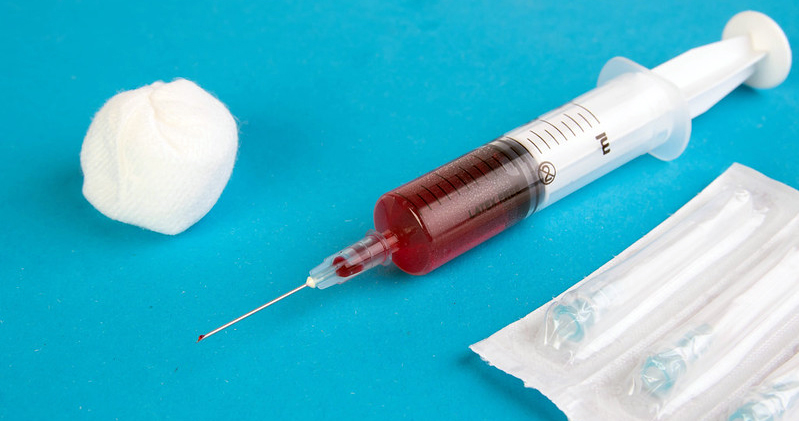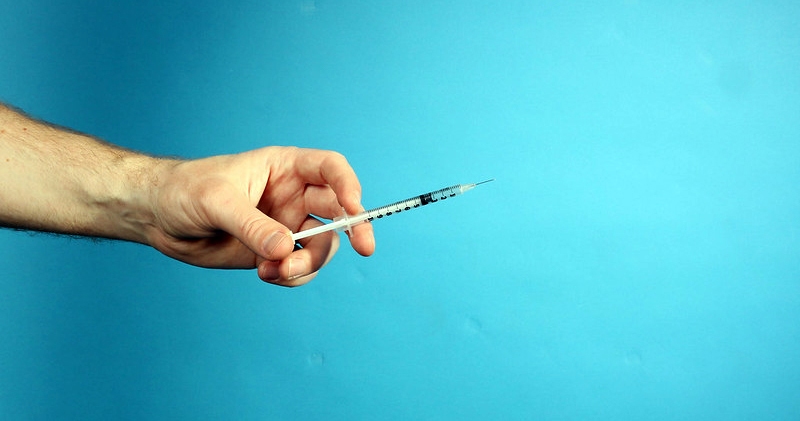Hablar en público
y realidad virtual

En el sistema diagnóstico actual de los trastornos mentales, el miedo a hablar en público se clasifica bajo una fobia social. No obstante, es importante destacar que sólo el 29% de los casos pueden ser diagnosticados como ello. Los datos actuales apuntan que el 34% de la población puede tener problemas de ansiedad al enfrentarse a un público, lo que generalmente tiene repercusiones negativas en el futuro académico o profesional de quien la sufre.
El tratamiento de elección para este tipo de fobia suele basarse en técnicas de exposición combinadas con técnicas de relajación, reestructuración cognitiva y, en ciertos casos, entrenamiento de habilidades de hablar en público. Sin embargo, ya que puede resultar difícil disponer de un espacio adecuado y una audiencia concreta, resulta complicado llevar a cabo sesiones de exposición en vivo. Además, parámetros como el control sobre las reacciones de la audiencia, y otros que generalmente dependen de factores ajenos al terapeuta aumentan la complejidad de realizar una exposición en vivo en el caso de esta fobia social.
Desde hace tiempo ha sido muy extensa la investigación que se ha hecho con respecto a la realidad virtual como herramienta para tratar el miedo a hablar en público, y coincide mayormente en no sólo su eficacia terapéutica, sino también su potencial para integrar distintas técnicas y permitir un mayor control del contexto (Safir et al, 2012). Es por esta razón que la plataforma virtual de Psious se sitúa como una herramienta especialmente adecuada para conducir sesiones de exposición y/o entrenamiento dentro de un contexto seguro y graduado.






